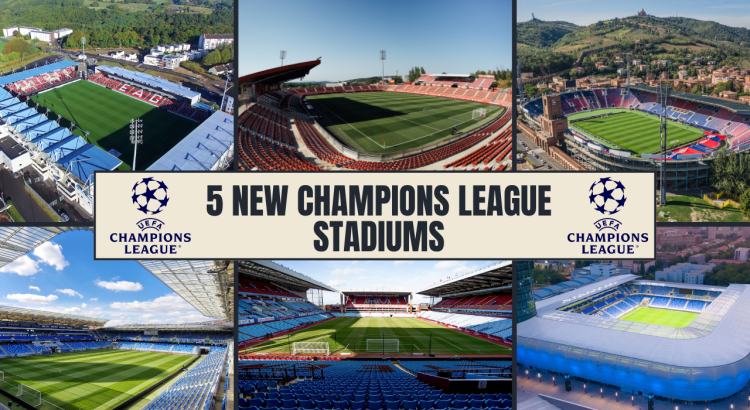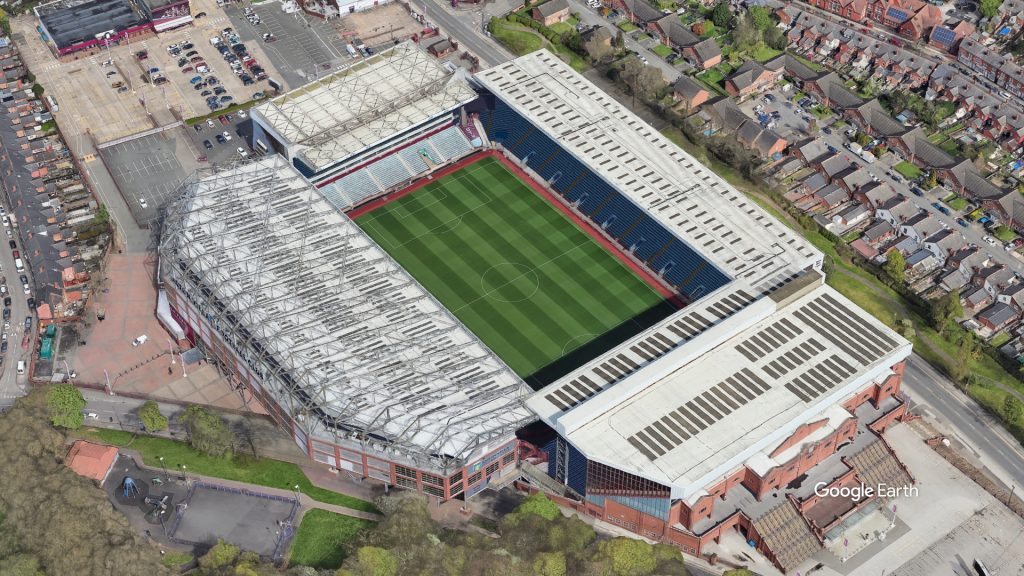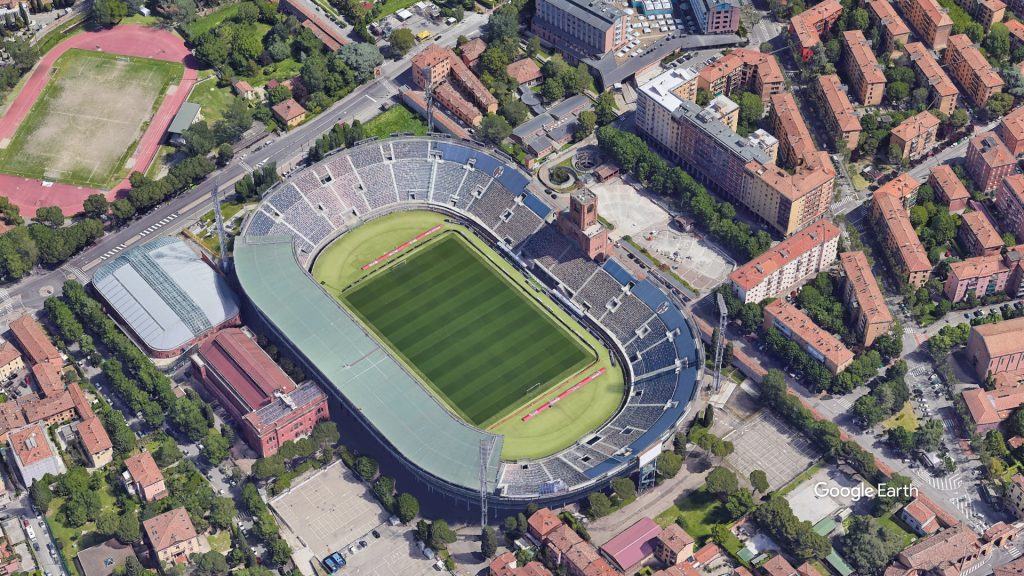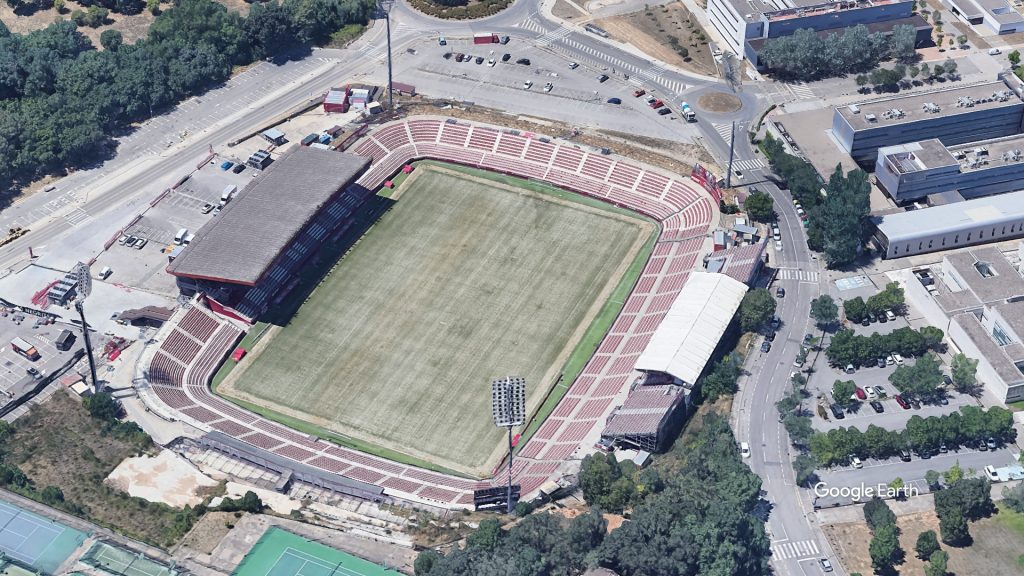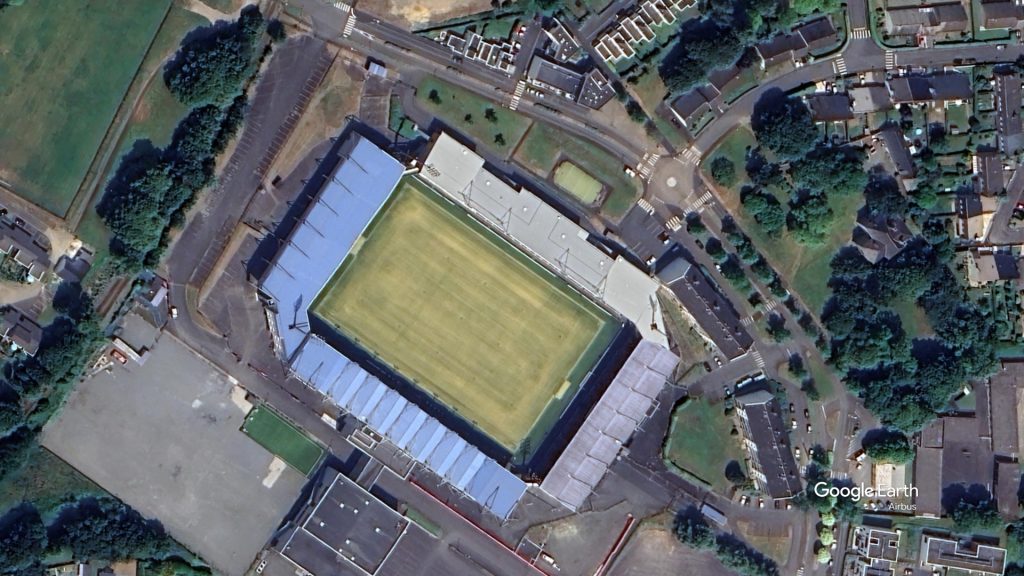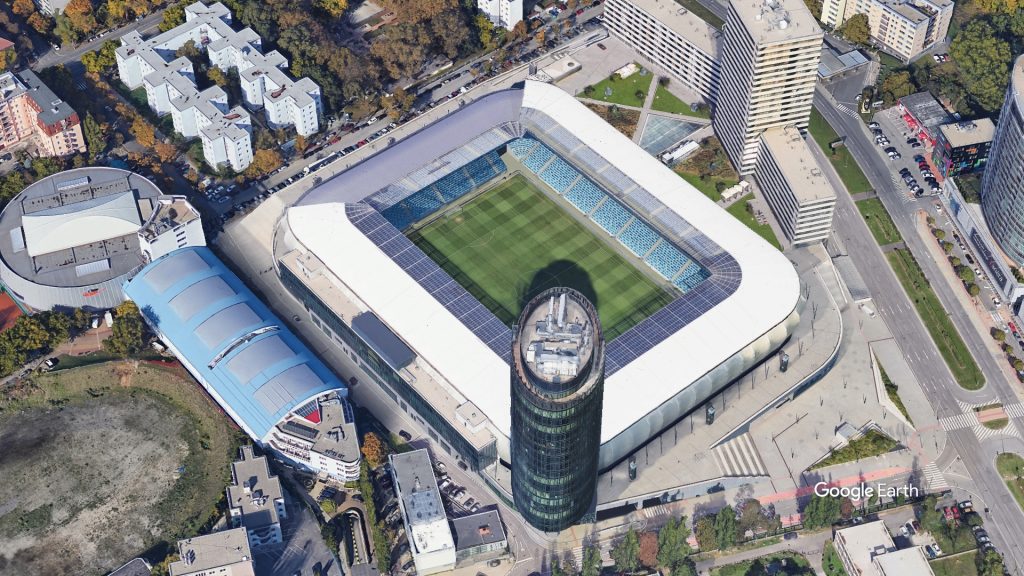The UEFA Champions League is one of the most prestigious tournaments in world football, featuring top clubs from across Europe.
Each season, new clubs and stadiums make their debut in the competition. This year, 5 stadiums will have the honor of hosting the Champions League group stage matches for the first time.
Let’s have a look at them.
Villa Park – Aston Villa
Villa Park is the home stadium of Aston Villa, located in Birmingham, England. With a seating capacity of around 42,000, it is one of the oldest football grounds in the country, having opened in 1897.
Villa Park has a rich history of hosting high-profile matches, including 55 FA Cup semi-finals, more than any other stadium in England, and the 1999 European Cup Winners’ Cup final. Also, three 1966 World Cup matches were hosted at the ground and four during the Euro 1966.
Aston Villa is one of the oldest and most successful football clubs in the country and is one of the founding members of the English Football League.
The club has won the English First Division seven times, the FA Cup seven times, and most notably, the European Cup (now UEFA Champions League) in 1982.
Stadio Renato Dall’Ara – Bologna FC 1909
Stadio Renato Dall’Ara is one of Italy’s classic football grounds, built in 1927. Located in Bologna, it is known for its iconic Torre di Maratona tower and traditional Italian architecture. The stadium has undergone renovations to modernize its facilities, allowing it to meet UEFA standards for hosting Champions League matches. With around 36,000 seats it is the eleventh biggest Italian stadium.
Stadio Renato Dall’Ara hosted matches in both the 1934 FIFA World Cup and the 1990 FIFA World Cup. It is the home of Bologna FC for nearly a century.
As one of the founding members of Serie A, Bologna FC has a storied history in Italian football, having won seven Serie A titles, though their last triumph was in 1964. The club has also won the Coppa Italia twice.
Estadi Montilivi – Girona FC
Estadi Montilivi, the home of Girona FC, is the smallest stadium among those making their Champions League debut this season.
Opened in 1970, it has a capacity of around 14,000. The stadium has seen several upgrades to meet the standards of La Liga and UEFA competitions.
Girona FC is a relatively young club in terms of top-tier experience, having only recently ascended to La Liga. Despite only having 5 participations in the Spanish top Division, Girona has established itself in La Liga, and its participation in the Champions League marks a historic achievement for the club.
Stade de Roudourou – Brest FC
Stade de Roudourou is the home of En Avant Guingamp but will be used by Stade Brestois 29 (Brest FC) for their Champions League matches due to the latter’s usual home ground, Stade Francis-Le Blé not meeting UEFA standards.
Located in the small town of Guingamp, it has a capacity of 19,000 and is one of the few stadiums in the world in which its capacity exceeds the town’s population.
Brest FC has a modest history in French football, frequently moving between Ligue 1 and Ligue 2. They secured an unexpected third place in Ligue 1 last year to qualify for the 2024-25 UEFA Champions League, the club’s first-ever appearance in a European competition.
Tehelné Pole – Slovan Bratislava
Tehelné Pole is a modern stadium in Bratislava, Slovakia, and serves as the home ground for Slovan Bratislava.
It was completed in 2019 and has a capacity of 22,500 spectators.
Slovan Bratislava is the most successful club in Slovak football history, with multiple league titles and domestic cups. The club also has a proud European history, having won the UEFA Cup Winners’ Cup in 1969.
Hosting Champions League group-stage matches will be a historic moment for both the club and Slovak football, bringing top-tier European football to the nation.
